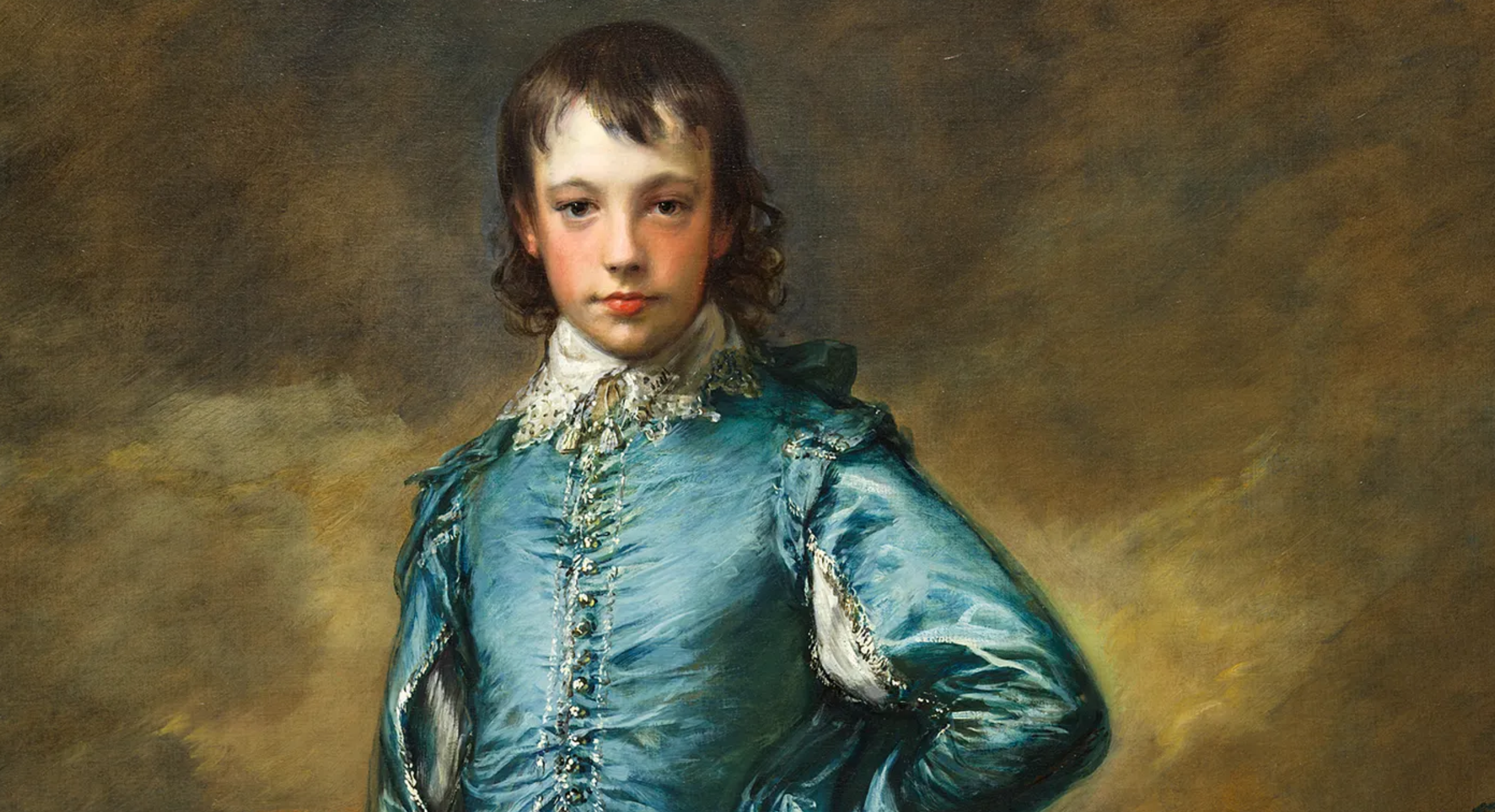Few other paintings in art history have become such a powerful symbol of non-conformist gender identity and same-sex attraction, writes Matthew Wilson.
A record number of visitors queued outside the National Gallery in January 1922, despite the drizzly conditions, to see a single painting: Thomas Gainsborough’s Blue Boy (c 1770). The artwork was bought by a US collector in 1921 and its imminent departure drew 90,000 people to get a last glimpse what the press had dubbed “the world’s most beautiful painting”. An article in the London Times claimed that the Blue Boy exemplified the “courtly grace and serene carriage of a people who knew themselves a great people and were not ashamed to own it.” To the general population, Gainsborough’s Blue Boy was the epitome of high culture and the noble British character.
In January 2022, Blue Boy is making a centenary comeback to the UK and will once again be displayed in the National Gallery, now for a five-month run. But how many visitors this time around will know about the painting’s private life as a symbol of gay pride?
Back in 1770, the pose of Blue Boy would have struck people as noble, signalling an exemplary future husband and father. He is standing in an authoritative position known as contrapposto, much used in classical art. The jutting elbow is another well-used pose in European portraiture, described by art historian Joaneath Spicer as “indicative essentially of boldness or control – and therefore of the self-defined masculine role.”


 Tim Flach/Getty Images
Tim Flach/Getty Images